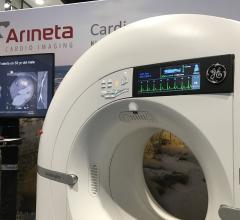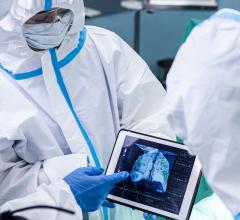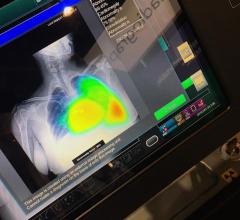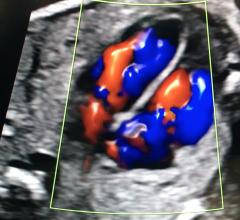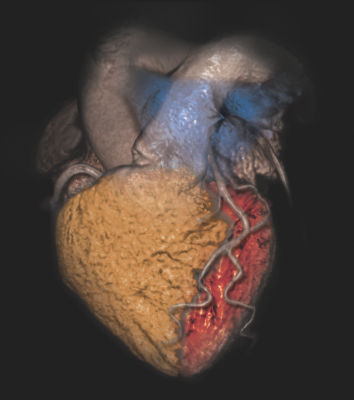
December 13, 2017 — AI Visualize Inc. debuted its new cloud-based artificial intelligence (AI)-based image analysis and viewing platform at the 2017 Radiological Society of North America (RSNA) Annual Meeting, Nov. 26-Dec. 1 in Chicago. The technology relies on evolution and deep learning algorithms to assess imaging data for diagnostically valuable information not readily apparent through conventional analysis, and transmits detailed 3-D/2-D renderings to users on any internet-enabled device. The technology assists physicians in making the most of today’s data-intensive images for more accurate and precise diagnoses. The advanced interactive platform supports X-ray, ultrasound, computed tomography (CT), magnetic resonance imaging (MRI), 3-D tomosynthesis and digital pathology images, and provides a full range of relevant virtual image analysis tools.
Eliminating the need to communicate large datasets over the internet, the new interactive AI platform processes images in the AI VoXcell cloud using powerful graphics processing unit (GPU) technology. It streams relevant information and imaging tools to users, wherever located, in real time. The same AI technology that processes images also overcomes internet bandwidth and latency limitations by using predictive buffering to provide fast transmission rates over existing communications lines.
Server-side rendering eliminates the need for powerful and costly onsite graphics processors, supporting off-the-shelf supercomputing infrastructure to make the solution scalable and affordable. The AI Visualize technology is covered by 11 international patents. It is U.S. Food and Drug Administration (FDA)-cleared and HIPAA-compliant, supporting high levels of security.
Other capabilities and features of the AI Cloud Visualization Platform include:
Visualization
- Transmitting a volume visualization dataset (e.g. a 3-D dataset) or a medical imaging dataset, including non-3-D datasets such as for pathology, for secure storage on a remote database via a security device;
- Utilizing servers to create virtual views of the dataset per requests from a web/internet-based client applications;
- Accessing the servers with the client application via a security device;
- Using the client application to display virtual views of the remote dataset generated remotely by the servers;
- Virtual views are transmitted from the server to the client device as a compressed video stream; and
- Ensuring the database, storage medium and servers are at a physically secured site.
Cloud bandwidth and latency
- Display of higher quality parameter frames after completing display of the lower quality parameter frames;
- Predictive buffering of the virtual views transmitted to client device;
- Delay of frame requests from the client device to the server in accordance with the latency; and
- Evolving compression-parameters based on an algorithm that optimizes the compression to maintain image quality (compression using artificial intelligence)
Cloud visualization artificial intelligence
- Machine learning algorithms may be applied to the processing of volume visualization datasets;
- A pattern recognizer determines whether the central application server flags an image view as normal or abnormal and identifies the anomaly in the view;
- A neural network model determines whether the transfer function-generated image matches the prototype image; and
- The neural network employs a convolution neural network model.
For more information: www.aivisualize.com


 August 13, 2025
August 13, 2025 
